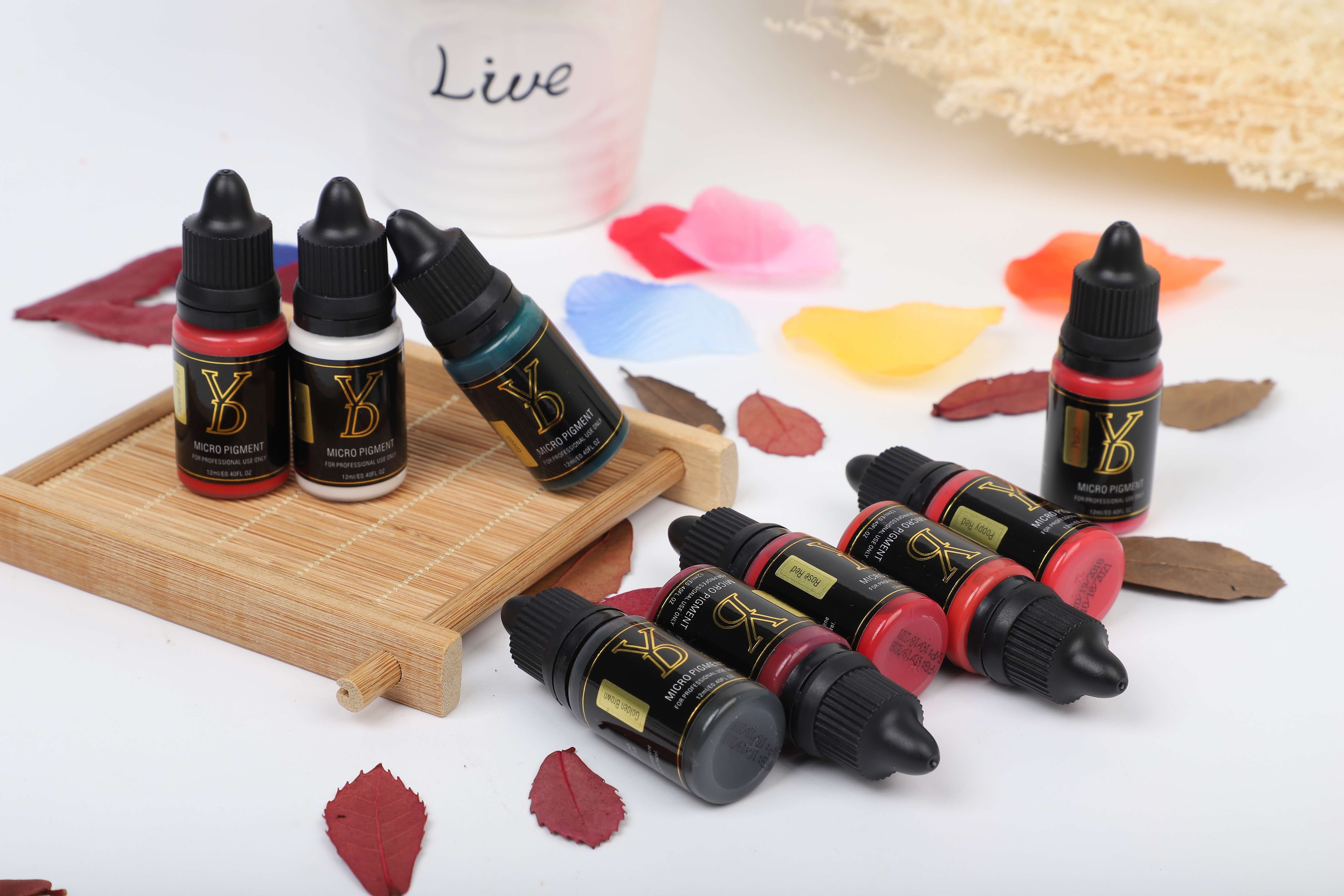If you’ve ever noticed that the color of your eyebrow tattoo looks different right after the procedure compared to the healed result, you’re not alone. Many clients are surprised when the fresh pigment appears darker, lighter, or slightly different than expected. This is completely normal and happens due to a combination of factors.
In this blog, we’ll explain the three main reasons why eyebrow tattoo colors change, so you know what to expect and how to achieve the best results.
1. Pigment Mixing and Application
The first factor comes down to the pigment itself.
-
Pigment concentration: When pigments are mixed, their concentration affects how they look on the skin. A heavier or lighter mix can create slight variations. If pigments aren’t properly blended, you may notice uneven results.
-
Fresh vs. healed look: Immediately after the procedure, pigments sit on the surface of the skin, making the color appear stronger or darker. As the skin heals and exfoliates, the color settles in and softens into a more natural shade.
-
Pigment separation: Over time, pigments can separate in their container. If they’re not shaken or stirred properly before use, the applied color may differ from what’s expected.
2. Skin Type and Healing Process
Every person’s skin is unique, and this has a huge impact on how pigments heal.
-
Skin metabolism: Some skin types metabolize pigments faster, which can cause certain tones (like red or blue undertones) to fade more quickly.
-
Skin tone and texture: Oily skin may struggle to retain pigment, often leading to lighter or patchier results. Darker skin may require deeper or more intense pigments to achieve visible results.
-
Healing stages: During the healing process, scabbing and peeling are natural. As the skin regenerates, the pigment settles underneath, which makes the healed result look softer and sometimes lighter compared to the first day.

3. Technique and Aftercare
Even with the best pigments, technique and aftercare play a vital role.
-
Depth of application: If the pigment is implanted too deeply, it can blur or change color over time. If it’s too shallow, it may fade quickly or appear uneven.
-
Hand movement and speed: Every artist’s technique matters—whether the strokes are fast or slow, light or heavy, the final healed color will reflect that precision.
-
Aftercare routine: Proper aftercare is just as important as the procedure itself. Exposure to sunlight, getting the brows wet too soon, or using the wrong skincare products can all cause premature fading or color shifts.
Final Thoughts
Seeing a difference in eyebrow tattoo color before and after the procedure is completely normal. Factors like pigment mixing, skin type, healing process, technique, and aftercare all play a role in how the final result turns out.
The key to beautiful, lasting brows is choosing an experienced artist and following their aftercare instructions carefully. Remember: the fresh color you see on day one is not the final look—give your brows time to heal, and you’ll enjoy a soft, natural finish.




